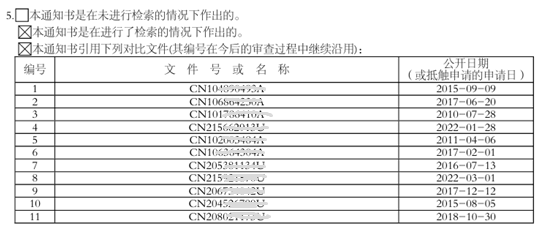Confronted with a large volume of prior art references generated by AI examiners, many practitioners understandably feel overwhelmed. While this influx of references can be challenging, a systematic approach enables an efficient and effective response.

Streamlined Process for Handling AI-Cited References
1. Prioritization and Quick Screening
Rather than attempting to read every reference in detail, begin with a layered filtering process. First, promptly exclude documents that are clearly irrelevant by reviewing only titles, abstracts, and key drawings. Record the reason for exclusion—such as belonging to an unrelated technical field or addressing a different technical problem. Then, concentrate on references that the examiner has specifically cited against particular claims, as these are central to the rejection.
2. Targeted Analysis of Key Differences
For the core references identified during screening, focus your analysis on three critical aspects: technical problem, technical means, and technical effect. Demonstrate that your invention solves a problem not addressed in the prior art, highlight substantial differences in structure or process, and support any unexpected technical effects with data or experimental evidence.
3. Developing an Effective Response Strategy
Build your response around the most persuasive arguments. If multiple references are combined, emphasize barriers to their integration—such as originating from distinct technical fields or containing contrary teachings. Consistently stress non-obviousness by presenting objective evidence, like proven technical improvements or longstanding industry needs that prior art did not meet. Where applicable, reference examination guidelines regarding "contrary teaching" to further bolster your position.
Tips for Drafting a High-Impact Response
Start your response with a clear and concise statement that outlines your position and identifies any misunderstandings of the invention’s novelty. To improve clarity, consider using a comparison table to summarize key differences between your invention and the cited art. Throughout the response, frequently refer to drawing numbers from the specification to help examiners follow your arguments more easily. If appropriate, introduce narrow and specific claim amendments to better distinguish your invention from the prior art.
Recommended Time Allocation
We advise dedicating approximately 70% of your time to analyzing the two to three most relevant references, 20% to drafting clear and persuasive arguments, and the remaining 10% to final formatting and citation review.
We hope these structured strategies help you respond more efficiently and confidently to AI-assisted patent examinations.
